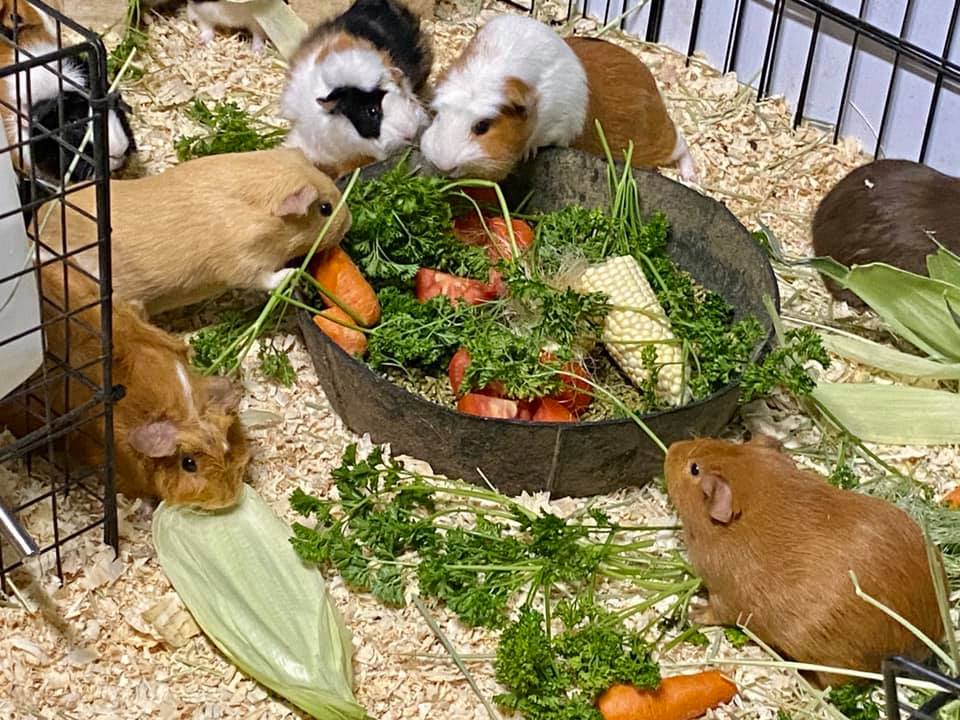News, ideas & inspiration from industry leaders

5 Do’s & Don’ts of Guinea Pig Care in the Shelter
Thursday’s here again—time to roll out another program featured in our Innovation Bank. These short, pre-recorded webinars feature successful, replicable programs from your colleagues in the field. Today, Saskia Chiesa of Los Angeles Guinea Pig Rescue dishes out some do’s and don’ts on what to do when guinea pigs are brought to your shelter. We hope you’ll watch the complete recording of Guinea Pig Welfare In Shelters: Basic Care & Handling, too!
DON’T Forget the Vitamin C!
Guinea pigs are very prone to scurvy, caused by a lack of vitamin C in the diet. “The daily requirement is 25mg,” says Chiesa.
DO Treat for Lice, Mites and Parasites
“Every guinea pig who comes to your shelter should get a preventative treatment with Ivermectin,” says Chiesa. She’s also heard of shelters that have euthanized guinea pigs suffering from skin problems such as mange mites and ringworm. “It’s not a death sentence,” she says, “and 95% of animals will see a full recovery within 3 weeks of treatment.”
DON’T Pick Up Guinea Pigs by The Scruff
Guinea pigs won’t bite, but it’s important to use two hands when handling a GP. Here’s an instructional video:
DO Use the Right Bedding
Chiesa suggests soft paper bedding, pine shavings or fleece cage liners. Avoid newspaper and cedar bedding, which is toxic and can cause liver damage.
DO Adopt Out GPs in Pairs
Always keep in mind the social nature of guinea pigs. “We don’t adopt out singles unless they are intended to be a friend for a resident guinea pig,” says Chiesa. “They need buddies!”
Bonus fact: GPs become sexually mature at 3 weeks of age, and female can go into season again hours after birth.
Learn More
Innovation Bank Blog: Are You Doing These 3 Things To Help Keep People & Pets Together?
Innovation Bank Blog: Needed Now: Street Medicine Teams To Help Pets of the Indigent


